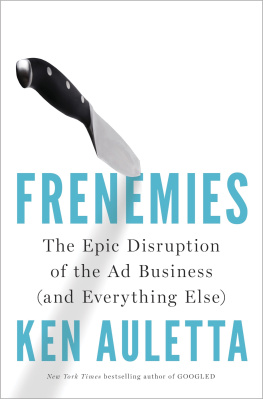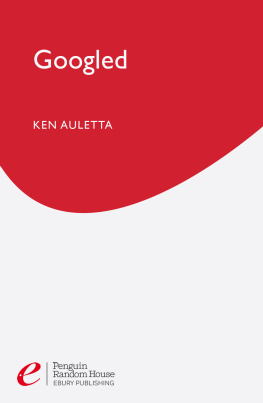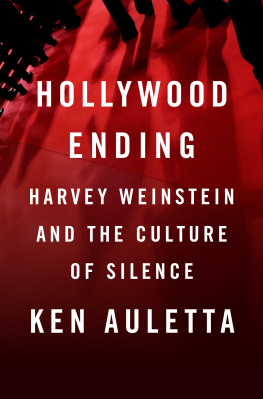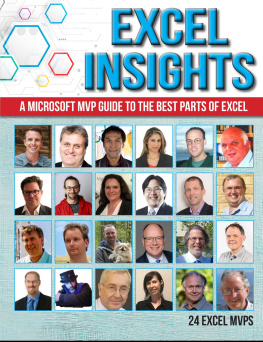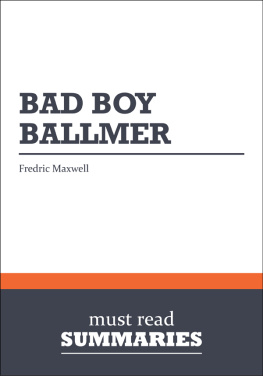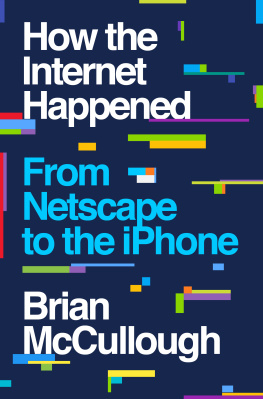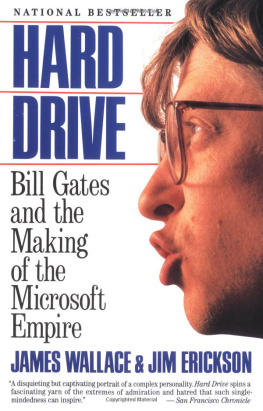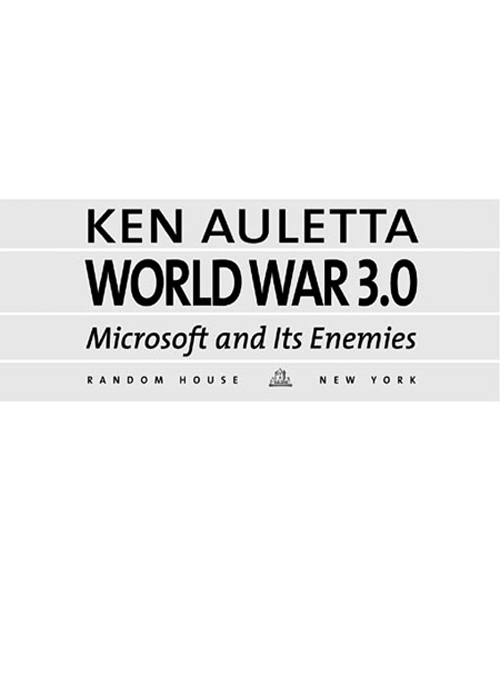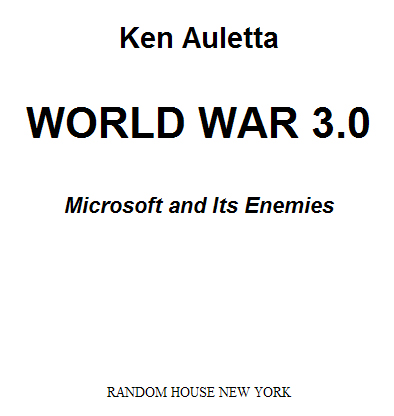| O CTOBER 28, 1955 | William Henry Gates III is born in Seattle.
|
| 1975 | Harvard sophomore Gates and his Seattle school chum Paul Allen write a software language for a personal computer and establish a company, Micro-Soft.
|
| 1980 | By now rechristened Microsoft, the company acquires a small operating system and develops MS-DOS (Microsoft Disk Operating System), licensing it to IBM for the first PC.
|
| 1981 | To produce the PC, IBM brings together Microsoft and Intel, forging what later becomes known as the Wintel axis, with Intel relying on Microsofts operating system and Microsoft relying on Intels chips.
|
| 1983 | Microsoft unveils its first Windows operating system, using the point-and-click commands of a mouse.
|
| 1986 | With 1,400 employees and revenues of nearly two hundred million dollars, Microsofts stock is sold to the public. Bill Gates becomes a billionaire.
|
| 1988 | Microsoft becomes the worlds largest software company.
|
Apple, for which Microsoft provides software, sues Microsoft, claiming copyright infringement.
|
| 1990 | Windows 3.0 becomes an instant success.
|
The Federal Trade Commission launches an investigation of Microsofts business practices.
|
Microsofts revenues climb above one billion dollars.
|
| 1993 | Judge dismisses Apples suit against Microsoft, ruling that it did not infringe Apples copyright.
|
After the FTC deadlocks over whether to bring an antitrust action, the Justice Departments Antitrust Division initiates probe.
|
| J ULY 1994 | Justice and Microsoft sign a consent decree that will go into effect in 1995. The government agrees to drop its antitrust action, and Microsoft agrees to cease certain practices. The vaguely worded decree, however, allows Microsoft to develop integrated products.
|
| O CTOBER 1994 | Microsoft announces a $1.5 billion acquisition of the dominant personal financesoftware company, Intuit.
|
| D ECEMBER 1994 | Netscape Communications, officially incorporated under this name in November, ships the first commercial Internet browser. Sales and Internet usage soar, with Netscape soon achieving an 80 percent market share, zooming from one million to fifteen million customers in a year.
|
| F EBRUARY 1995 | Federal District Court Judge Stanley Sporkin, after reviewing the consent decree, rules that it is an ineffective remedy to constrain Microsoft. The Justice Department and Microsoft join in urging a higher court to overturn Sporkin.
|
| J UNE 1995 | The U.S. Court of Appeals spanks Sporkin and reinstates the consent decree. Showing its fury, the appeals court removes Sporkin as the judge administering the consent decree and replaces him with Thomas Penfield Jackson.
|
| In the face of Justice Department opposition, Microsoft drops its proposed purchase of Intuit. |
| At a secret meeting with Netscape at its California headquarters, Microsoft allegedly threatens to cut off its air supply if Netscape does not agree to cede its browser business. |
| A UGUST 1995 | Microsoft introduces its own free browser included with each copy of Windows.
|
| A UGUST 1995 | Judge Jackson concurs with the Court of Appeals, upholding the terms of the consent decree.
|
| D ECEMBER 7, 1995 | An alarmed Gates announces that the Internet compels Microsoft to alter its business model, and henceforth Microsoft will become Internet-centric.
|
| A UGUST 1996 | Netscapes attorney forwards to Assistant Attorney General Joel Klein a 222-page white paper sketching Microsofts alleged strong-arm tactics. Klein orders the head of his San Francisco office, Phillip Malone, to investigate.
|
| O CTOBER 1997 | The Justice Department files a motion in Federal District Court charging Microsoft with violating the 1994 consent decree and asking the court to order the company to cease tying its separate browser to Windows and forcing PC makers to choose its browser. Microsoft insists the two products are integrated.
|
| D ECEMBER 1997 | The Justice Department hires renowned litigator David Boies to prosecute. Judge Jackson issues preliminary injunction, ordering Microsoft to decouple the browser from Windows 95, and appoints a special master to advise him on technology and the law. Microsoft files an appeal.
|
| M AY 12, 1998 | Court of Appeals unanimously supports Microsofts request that it not be stopped from shipping Windows 98 in June.
|
| M AY 18, 1998 | After settlement negotiations collapse, the Justice Department and twenty state attorneys general file a lawsuit charging Microsoft with antitrust violations.
|
| J UNE 23, 1998 | A three-judge Court of Appeals panel overturns Judge Jackson and rules that Microsoft did not violate the consent decree by including a browser in with Windows. The court, however, did not exonerate Microsoft of possible antitrust violations.
|
| S EPTEMBER 1998 | On the eve of the biggest antitrust trial since the 1911 Standard Oil case, almost half of all American homes have a PC, and Microsofts Windows serves as the operating system for 90 percent of these. Meanwhile, Internet usage has grown exponentially, with thirty-three million users now online.
|
Judge Jackson rejects Microsoft summary-judgment motion to terminate lawsuit.
|
| O CTOBER 19, 1998 | Federal antitrust trial begins in Judge Jacksons court and is expected to take six weeks.
|
| N OVEMBER 24, 1998 | America Online announces the purchase of Netscape, and Microsoft says this proves their contention that competition is alive and well.
|
| D ECEMBER 7, 1998 | South Carolina withdraws from lawsuit, leaving nineteen states engaged.
|
| D ECEMBER 31, 1998 | Microsofts profits of nearly $4.5 billion are twice those of the worlds largest corporation, General Motors.
|
| F EBRUARY 26, 1999 | The twenty-fourth witness concludes his testimony, and Microsoft rests its defense. Trial recesses for three months.
|
| June 1, 1999 | The trial resumes for three weeks to hear six rebuttal witnesses.
|
| N OVEMBER 5, 1999 | Judge Thomas Penfield Jackson issues his Findings of Fact, concluding that Microsoft was guilty of holding monopoly power. He rejects most of Microsofts proclaimed facts.
|
| N OVEMBER 19, 1999 | Judge Jackson appoints Richard Posner, Chief Judge of the Seventh Circuit Court of Appeals, to serve as mediator, hoping to induce both sides to settle.
|
| J ANUARY 2000 | Handheld and wireless devices are projected to soon outnumber PCs.
|
| A PRIL 3, 2000 | After four months of effort, Judge Posner terminates the mediation.
|
Judge Jackson issues his Conclusions of Law, finding that Microsoft violated the nations antitrust laws. Microsoft appeals.
|


